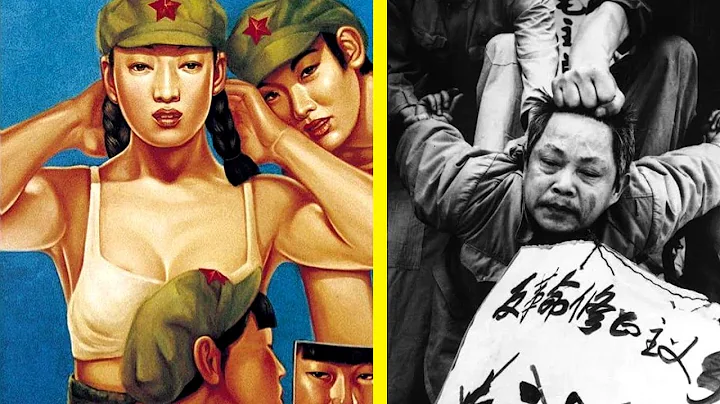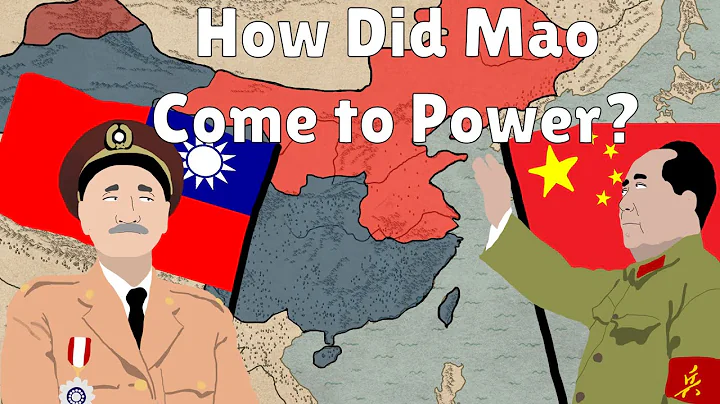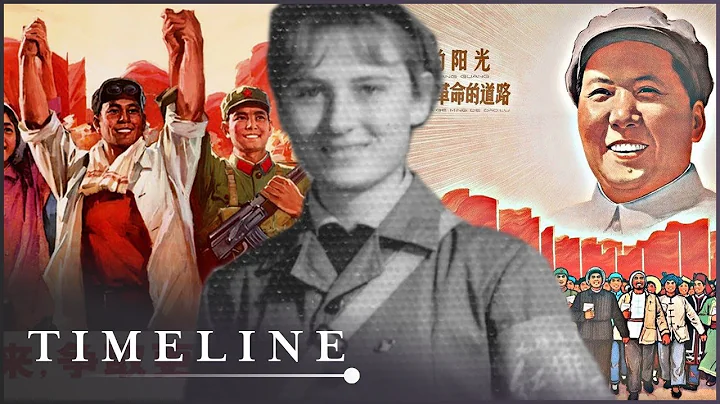60 years ago, at the end of the 1950s, a vigorous people's commune movement began in rural areas of my country. During this movement, production teams in villages of all sizes across the country set up public canteens, which we commonly call "big pot meals." At that time, some propaganda posters were also drawn, with words such as "The people's commune is good, happiness will last forever" and "Eating without spending money, working hard to produce".
To this day, the older generation still misses the days of "big pot rice". However, the people's commune canteens came to an end within two or three years. The main reason was that our country had not yet reached a level of great material abundance. Now, let us take a look at the scenes during the "big pot meal" period through old photos!











Big pot rice is an image metaphor for the egalitarian phenomenon in distribution. The concept of big pot rice can be traced back to the emergence of the "People's Commune" in 1958. Closely related to the acceleration of industrial accumulation during the Great Leap Forward. The big pot meal includes two aspects: First, the company eats the country's "big pot meal", that is, regardless of whether the company is operating well or poorly, making profits or losses, wages will still be paid, and the company's total wages are out of touch with the operating results; second, the employees eat the company's "big pot meal", that is, in the company Internally, no matter whether employees work more or less, good or bad, it will not affect individual wage distribution. There is serious egalitarianism in wage distribution.
What do you think after seeing the pictures from the "Big Pot Rice" period? Welcome to leave messages and comments!
All the pictures in this article are from the Internet. The author and source of most of the photos are unknown. If there is any infringement, please contact us to delete them.





















